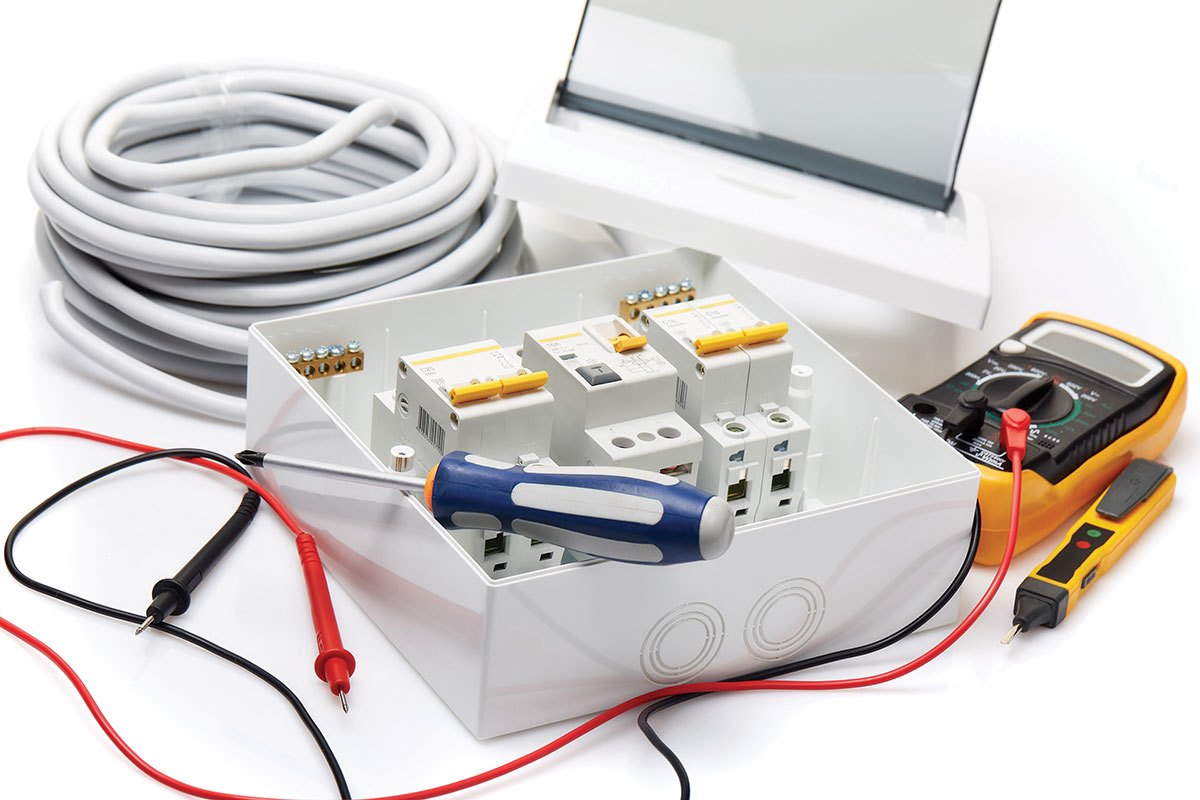The National Electrical Code (NEC) governs most electrical installations in the United States. There are many life-saving devices included in the Code for the safety of people where they live, work, and play. Many in the electrical industry consider the NEC as the minimum standard for safety of electrical installations. Most new homeowners expect that the wiring in their new home would comply with the most current edition of the NEC. Unfortunately, that usually is not the case.
When the National Electrical Code is published, it is only a standard for electrical installations and is not a requirement until it has been adopted by the municipality that enforces the requirements. In the United States, the adoption of this standard is not uniform, and many areas lack the electrical safety features contained in the latest edition. The Code is also adopted in some states through a state-wide adoption, and in other areas, each municipality throughout that state could be on different editions of the Code. There are some areas of the country that are maybe four code cycles behind the current edition.
In Michigan, we adopted the 2017 NEC statewide effective January 4, 2019. Michigan’s state-wide adoption also requires every municipality throughout the state to be on the same requirements without any local amendments. The state of Michigan is hoping to adopt the 2020 Code sometime in 2020. In the updated 2020 NEC, there are many new requirements for ground-fault circuit interrupters (GFCI).
GFCIs are first mentioned in the 1968 NEC in Article 680 for swimming pools. At the time, there were about 1,000 fatalities annually where individuals were coming in contact with electricity. Fifty percent of homes in the United States were constructed before GFCIs became a code requirement, thus making about 43 million homes without GFCI protection.
Several groups were initially skeptical about the life-saving capabilities of GFCI devices. People asked, “How many lives will GFCIs save?” Since GFCIs have been required, there has been an 81 percent drop in home electrocutions and a 95 percent drop in electrocutions from consumer electrical powered products. The number of fatalities dropped from 1,000 annually to around 100 per year. We had no knowledge when they were first introduced that they would save as many lives as they have. GFCIs Save Lives.
The Consumers Product Safety Commission estimates that 47 percent of today’s electrocutions could be prevented with GFCI protection. The requirements for GFCIs have increased over the fifty-one years and sixteen code cycles. Unfortunately, many of the new Code requirements are a result of fatalities. In the 2002 NEC, the requirement for 125 volt, 15- and 20-ampere receptacles in other than dwelling kitchens to have GFCI protection was due to a number of fatalities. Why do we have to be reactive when it comes to safety? The technology is there, so why do we feel compelled to wait for a body count? We have known for years that electrical receptacles outside present a hazard, but the requirement for GFCI protection for receptacles outside a commercial building did not appear in the NEC until the 2008 edition, forty years after GFCIs first appearance in the Code.
The GFCI protection requirement in the NEC-2017 cycle saw an expansion for other than dwelling locations located in Section 210.8(B). Previously, they were required for 125-volt, 15- and 20-ampere receptacles. Now, the voltage is no longer limited to 125-volt, and the ampacity is 50 amperes or less for single-phase and 100 amperes or less for three-phase. This requirement applies to all the locations listed in 210.8(B). This has a significant impact on commercial kitchens due to all of the appliances. Crawl spaces and unfinished basements for other than dwellings units were also included this code cycle.
The 2020 NEC code cycle has also seen additional expansion for ground-fault protection. Dwelling units were previously limited to 125-volt, 15- and 20-ampere receptacles. The voltage limitation is now 125-volt through 250-volt receptacles of any ampacity. I encourage everyone to understand why these changes occur.
The changes for the 240-volt GFCI requirement is based on a number of fatalities, mostly with children coming in contact with 240-volt appliances such as ranges and dyers. A twelve your old boy was electrocuted when he came in contact with a metal fence and an energized air-conditioning condenser unit. A new Section 210.8(F) requires all outdoor outlets supplied by single-phase branch circuits rated 150 volts to ground or less, and 50 amperes or less, to be GFCI protected.
Our role as inspectors plays a vital role in assuring that homeowners and the public are safe from electrical hazards. Being an informed inspector by knowing what the NEC says and why changes occur is critical to your continued role in this process.











Find Us on Socials